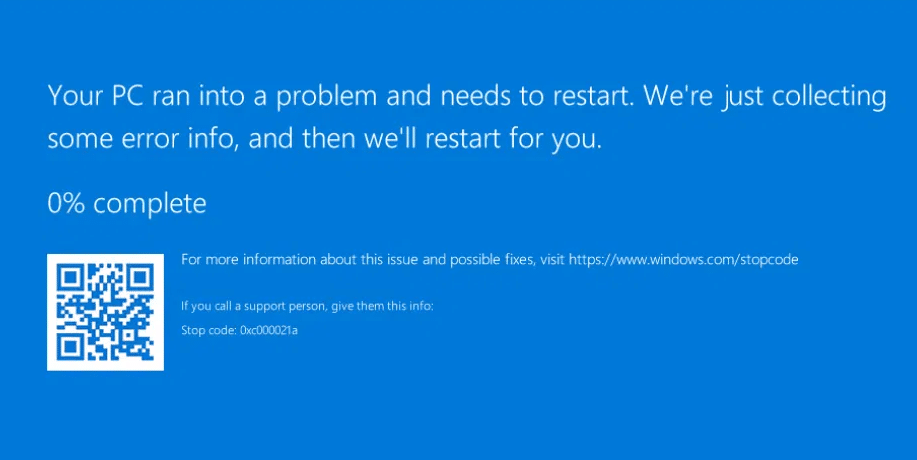The technology world was shaken recently by a significant global IT outage caused by disruptions in Microsoft’s services. This incident affected millions of users and businesses worldwide, causing interruptions in essential applications and services such as Azure, Office 365, and more. In this blog post, we’ll delve into what happened, the impact it had, how it was resolved, the dangers of monopolistic control in the tech industry, and what we can learn from this experience.
The Incident
On the 18th of July, Microsoft reported a widespread outage affecting several of its core services. Users across the globe experienced difficulties accessing applications and platforms they rely on daily, including Azure, Office 365, Microsoft Teams, and Outlook. The outage was due to a software update from CrowdStrike that included a coding error which triggered a system crash.
Impact on Businesses and Users
The outage had far-reaching consequences, disrupting operations for businesses of all sizes and sectors. Key impacts included:
- Downtime for Critical Services: Many businesses experienced downtime for essential services hosted on Microsoft’s cloud infrastructure, impacting productivity and business operations.
- Communication Breakdown: Tools like Microsoft Teams and Outlook, crucial for daily communication, were unavailable, causing delays and inefficiencies.
- Customer Service Challenges: Companies relying on these platforms for customer service faced significant challenges in addressing customer needs promptly.
Microsoft’s Response
Microsoft responded swiftly to the outage, mobilising their engineering teams to diagnose and resolve the issue. Here’s a summary of their actions:
- Immediate Investigation: As soon as the outage was detected, Microsoft initiated a thorough investigation to identify the root cause.
- Communication with Users: Regular updates were provided through Microsoft’s service status pages and social media channels to keep users informed about the progress.
- Resolution and Recovery: The technical teams worked around the clock to fix the issue, gradually restoring services. By 19th July 2024, all affected services were reported to be fully operational.
The Dangers of Monopoly in IT
This outage also highlights the dangers of monopolistic control in the tech industry. When a single company, like Microsoft, controls a significant portion of the market for essential services, the impact of any disruption is magnified. Key risks include:
- Single Point of Failure: Dependence on one provider means that any issues with that provider can cause widespread disruptions, affecting a large number of users and businesses simultaneously.
- Lack of Competition: Monopolistic control can stifle competition, reducing the incentives for innovation and improvement in service quality.
- Pricing Power: A dominant market position allows a company to set prices with less concern for competitive pressures, potentially leading to higher costs for users.
Lessons Learned
While the outage was a significant disruption, it also highlighted several important lessons for businesses and IT professionals:
- Importance of Redundancy: This incident underscores the need for robust redundancy and failover mechanisms in IT infrastructure to minimize the impact of such outages.
- Effective Communication: Transparent and timely communication from service providers is crucial during outages to keep users informed and manage expectations.
- Business Continuity Planning: Organizations must have comprehensive business continuity plans in place to handle disruptions, including alternative communication methods and backup systems.
- Diversification: To mitigate the risks associated with monopolistic control, businesses should consider diversifying their service providers and not rely solely on one company for critical services.
Moving Forward
Microsoft has assured users that they are taking steps to prevent such incidents in the future. They are conducting a detailed post-mortem analysis to understand the root cause and implement measures to enhance the resilience and reliability of their services.
Conclusion
The global IT outage caused by Microsoft’s service disruption was a stark reminder of the vulnerabilities inherent in our increasingly digital and interconnected world. It also illuminated the risks associated with the monopolistic control of critical IT services. While the incident caused significant inconvenience, it provided valuable insights into the importance of preparedness, resilience, and diversification in IT operations. As we move forward, both service providers and users must work together to ensure that our digital infrastructure is robust, reliable, and capable of withstanding such challenges.
You can also head to our website to find out more!

